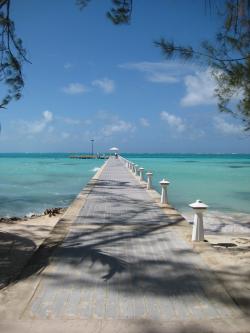jks
About
- Username
- jks
- Joined
- Visits
- 32,182
- Last Active
- Roles
- Member, Administrator, Moderator
- Points
- 326
Reactions
-
pub0.kiwisdr.com & pub1.kiwisdr.com
These are from a recent attempt to make a "user preferences" function work. They are required by xdLocalStorage. I tried again about 6 months ago with xdLocalStorage. More recent browser security changes mean the scheme had to be changed once again compared to work that was done some years ago. It quickly got complicated, so I had to set the work aside for the moment.
For those that don't know, user preferences would be an extension that allows you, an ordinary Kiwi user (not owner/admin), to do things like: Setting the default cw passband set to 270 Hz and have that apply to every single Kiwi you ever visit from that point onward. Or the same with keyboard shortcut bindings. Or just about any other user interface customization that could be easily added.
That, plus a real mobile user interface, are the two major missing elements of the software (besides adding an extension to decode your favorite modulation waveform).
-
Suggestion to tweak default bandwidth settings [fixed in v1.454]
-
User Levels Idea
You mean in addition to the current password option which allows you to bypass any timeout limitations in effect? E.g. you have a public Kiwi, but for members of the radio club you want them to have a connect limit of 3 hours while the general public gets 30 minutes. Yet a few others have a password that gives no limitations.
-
Flatness of KiwiSDR response < 500 kHz?
Do you overlap windows?
Not at the lower zoom levels because the waterfall/spectrum sampling is not continuous (the decimation factor is low and the sampling period is only a fraction of the display line time). This of course changes radically above zoom level 10 and I have to overlap when the sampling period exceeds the time it takes to display a line (the decimation factor is huge at that point). It took me forever to understand this because I didn't know what I was doing (some would say that has not changed, lol) and don't really have sufficient mathematical/DSP background.
----
Re Glenn's observations and experiments with CM and ground loops: I've been meaning to return to the topic and try and understand the issue in detail because Glenn is obviously a tremendous resource and understands a very important issue. But it needs a good chunk of time which I currently don't have.
The whole situation is confusing to me because of some anecdotal evidence. I don't deny it. I believe in CM. But I don't understand why some Ethernet-based installations have dead quiet noise floors and others are worse than useless. A lot of these quiet installations have photos of their setups in the Kiwi splash screen and they seem to be the typical jumble of equipment in a box with an Ethernet switch, SMPS, cables and other stuff all thrown together. And yet they work great!
What's the difference? Is there a minimization of the Ethernet/antenna cable loop by chance? Something subtle about the ground wiring/isolation? I don't get it. And I wish I did, because then I could make a recommendation to people.
-
Flatness of KiwiSDR response < 500 kHz?
Are you using a window ahead of the FFT?
It's using a Hanning window now. And the code has the usual suspects available (but commented out): Hamming, Blackman-Harris. I haven't look at the windowing specifically in years. Although we had the recent problems I induced when changing the FFT pixel downsampling and adding CIC filter compensation.





